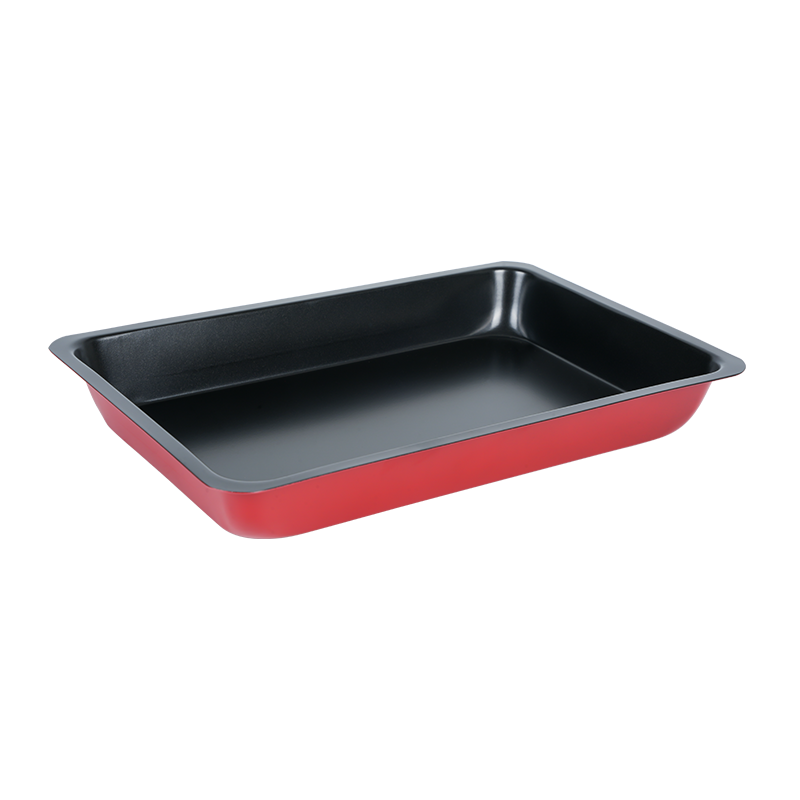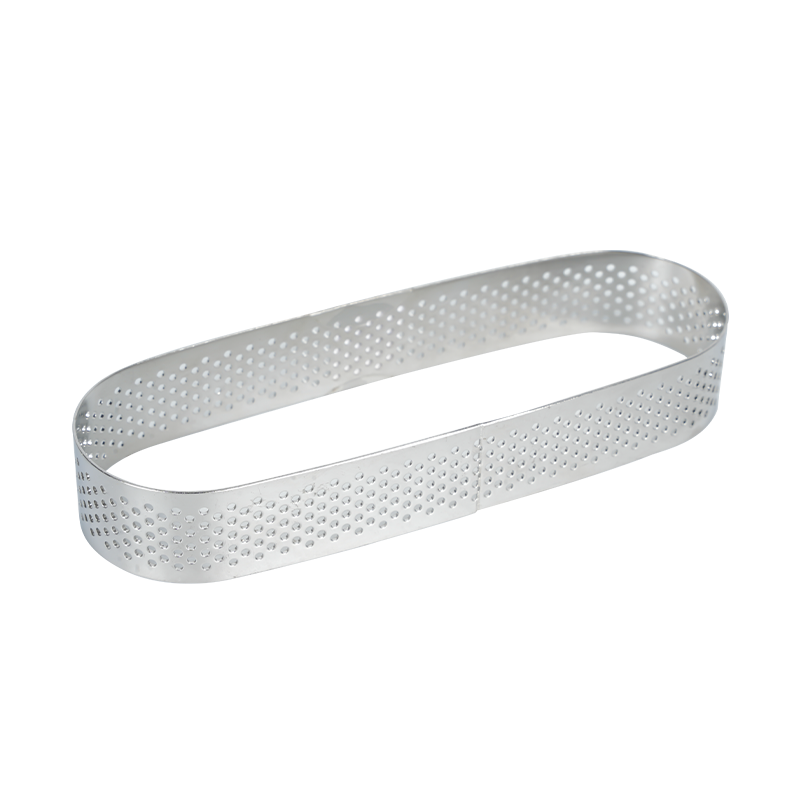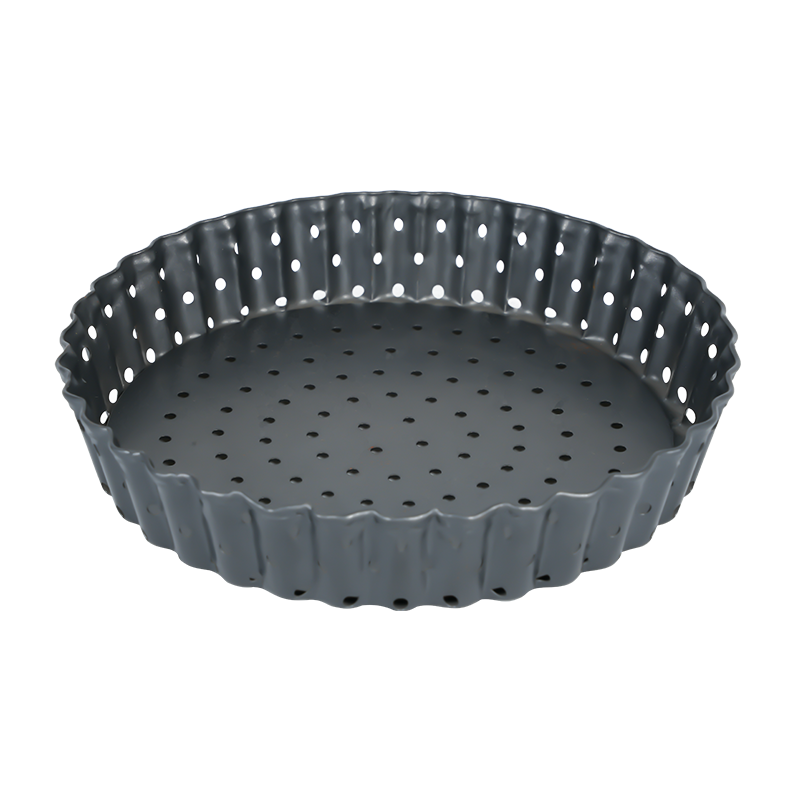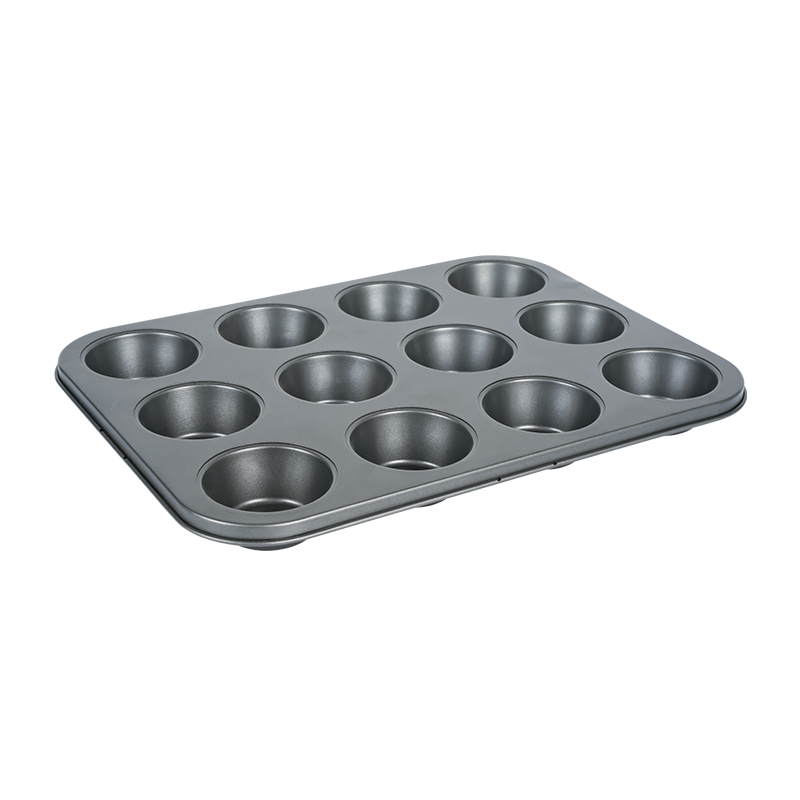The company relies on a high degree of brand awareness, fine product quality, convergence of multiple strong advertising media power, and through the integration of capital, knowledge, talent technology, channels, information operations.
Understanding the Issue of Pasta Sticking Post-Draining
When using a Colander Pasta Strainer, one of the commonly encountered problems is pasta sticking to the bottom or getting caught in the holes after draining. This issue not only makes cleanup more difficult but can also affect the quality and texture of the food served. The sticking often occurs as a result of a combination of factors, including pasta type, surface texture, the strainer’s design, and how quickly the pasta is transferred after draining.
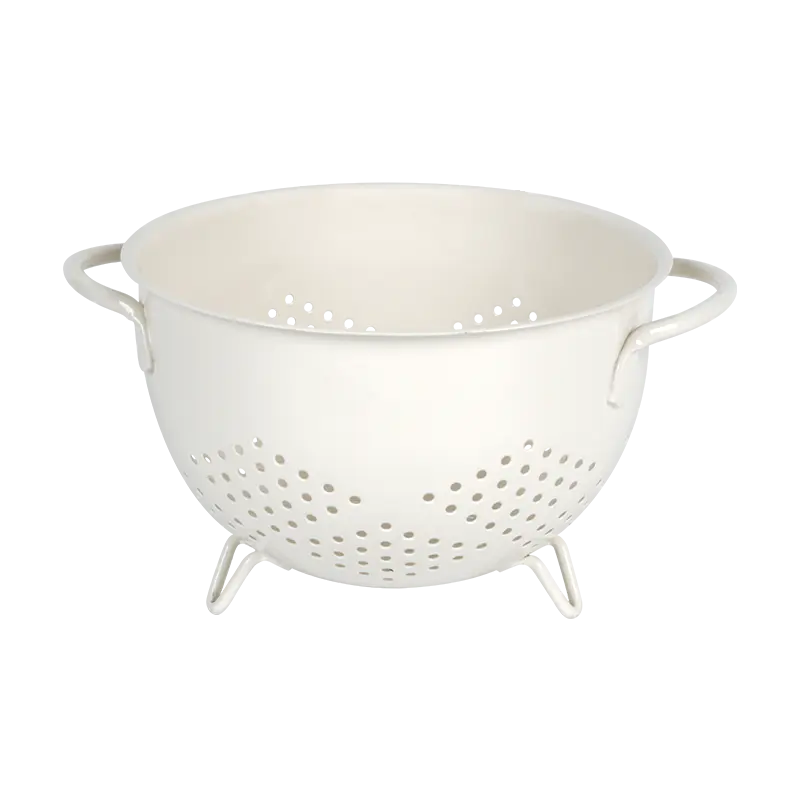
Material and Surface Texture Make a Noticeable Difference
The material of the strainer plays a significant role in whether pasta sticks to it after draining. Stainless steel models with a rougher brushed finish may have slightly more surface tension, causing hot noodles to cling as they cool. On the other hand, plastic or silicone options typically have smoother, non-porous surfaces that reduce the likelihood of pasta sticking. Some high-end strainers include non-stick coatings or polished interiors that further minimize the chances of pasta adhering to the base or hole edges.
The Role of Hole Design and Placement
The size and shape of the drainage holes directly influence how pasta behaves after the water is drained. Holes that are too small or have sharp, unfinished edges may catch thinner or softer noodles such as angel hair or fresh pasta. Conversely, large holes can allow small pieces to slip through or lodge into the edges, creating points of resistance where pasta can snag and stick. Strainers with evenly distributed holes across both the bottom and sides tend to allow water to drain more quickly, which helps prevent pasta from sitting in residual moisture and becoming gummy.
Timing and Temperature Are Contributing Factors
Hot pasta, when left sitting in a Colander Pasta Strainer for even a short period, can begin to cool and release starch, which then acts as a natural adhesive. The longer the pasta remains in the strainer without being tossed with sauce or rinsed, the more likely it is to stick. In commercial kitchens or high-volume cooking scenarios, chefs typically drain and move pasta rapidly to avoid this issue. Running cold water over the pasta briefly or tossing it in a small amount of oil after draining can also help reduce clumping and sticking.
Food Type and Cooking Method Influence Results
Not all pasta behaves the same way. Short, compact varieties like penne or fusilli are less likely to tangle and stick than long strands like spaghetti or linguine. Additionally, al dente pasta tends to be firmer and less prone to sticking than overcooked or soft pasta. Cooking with plenty of water and stirring during boiling also helps reduce surface starch, lowering the risk of it clinging to the strainer afterward. Some cooks even choose to reserve a portion of pasta water to help loosen any clumps in the strainer when transferring the pasta to a pan or bowl.
Ease of Cleaning Reflects on Pasta Sticking Issues
A Colander Pasta Strainer that frequently holds onto noodles after draining is usually harder to clean. Bits of pasta that dry and cling to the surface or block the holes require scrubbing, which can damage lower-quality plastic models over time. Strainers designed with smooth transitions between the basket base and sides, rounded corners, and polished holes tend to clean more easily, signaling better resistance to food sticking in general.
Conclusion: Strainer Design and User Habits Impact Pasta Adhesion
In conclusion, whether or not pasta sticks to the bottom or holes of a Colander Pasta Strainer after draining depends on several interrelated factors. Material type, hole size and placement, pasta variety, and how quickly it is handled all contribute to the outcome. While no strainer can eliminate sticking entirely in every scenario, choosing one with a smooth, food-safe surface and using proper draining and transfer techniques greatly reduces the likelihood of pasta adhering to the basket. With thoughtful selection and good kitchen habits, this common inconvenience can be easily minimized.

 English
English русский
русский Español
Español